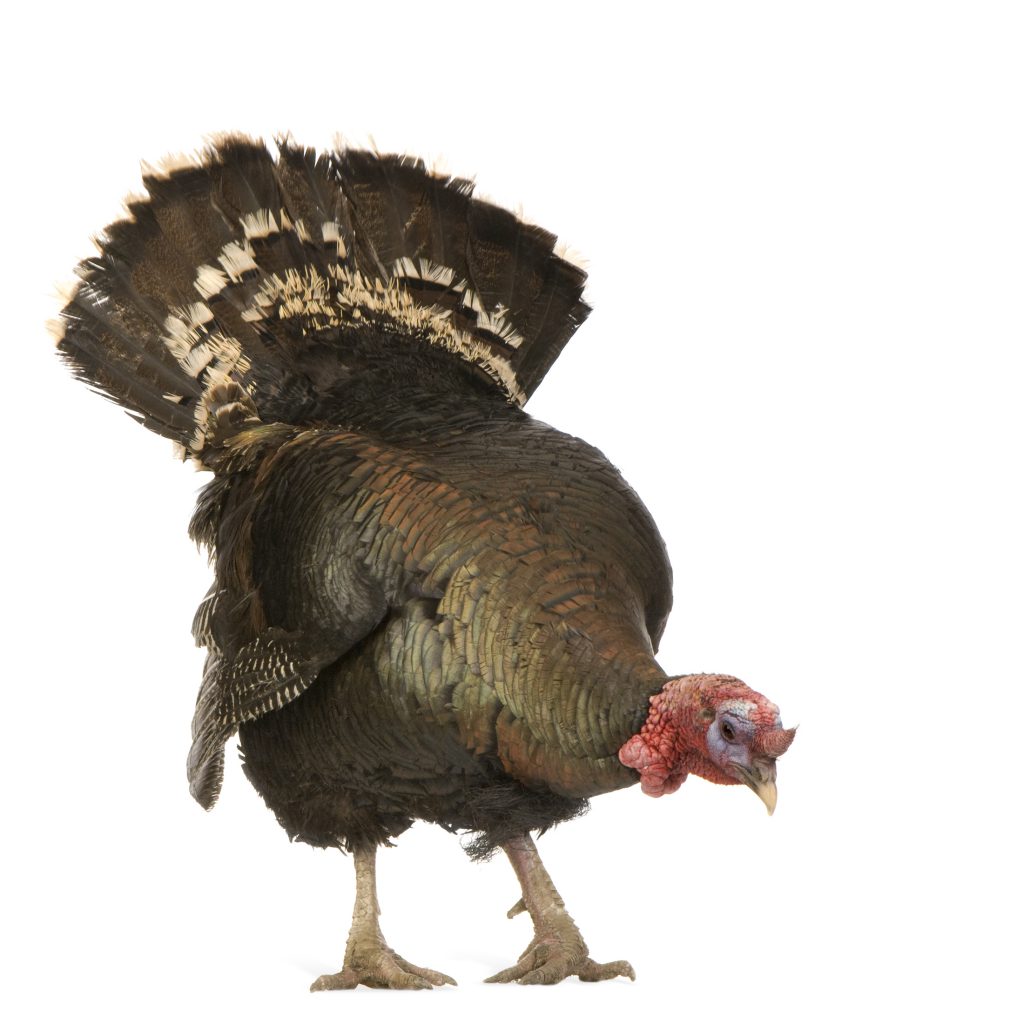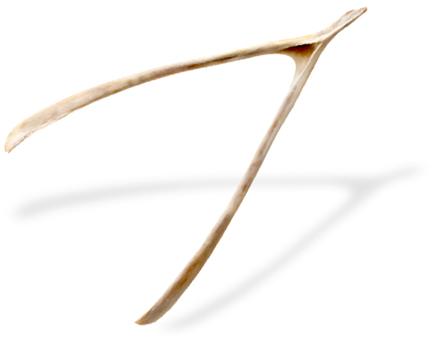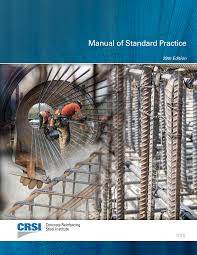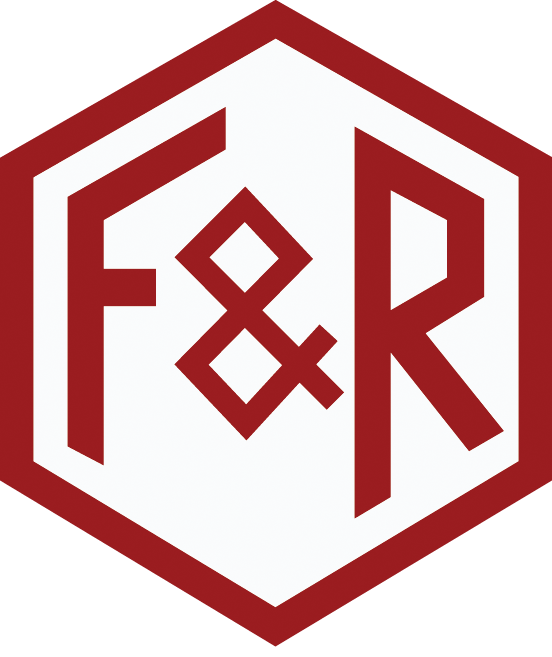
Talkin’ 2020 turkey about special inspections of reinforcing steel
Rather than souring the mood at your virtual Thanksgiving table this year with a toxic discussion of current events, why not get the family embroiled in an old fashioned barn-burner of a debate about reinforcing steel code? In fact, nothing goes better with Aunt Edna’s Watergate Salad than a vigorous exchange on current code topics!
Ah yes, it’s our Thanksgiving cornucopia of copious CODE knowledge. And although we should be giving thanks, the low-calorie soupçon of explanation of reinforcing steel acceptance criteria served up by the IBC Code has left us still hungry for more.

In a utopian world, quality control and/or special inspections and testing to assure and verify the compliance of reinforcing steel with construction documents and building codes would not be necessary because the project drawings and project specifications would be completely accurate without any errors or omissions.
All of the reinforcing steel would be produced exactly in accordance with the applicable ASTM standards and the workmanship in the field would be excellent and according to the appropriate building code. However, this is not the way that it happens in the real world; quality control and quality assurance inspection and testing is mandated in order to verify compliance with the construction documents as well as with the general building code.
So – where does a hungry pilgrim, individual craftsman, contractor, builder and inspector go to obtain the
acceptance criteria that defines the “rules” of acceptance and rejection of the reinforcing steel for their
project?
The answer to this question is a little complicated because the subject of the question is concrete reinforcing steel; inspection criteria and quality assurance inspection of reinforcing steel is barely addressed by the IBC code (Table 1705.3). Neither the IBC building code nor the concrete building code (ACI 318) adopts the inspection and testing criteria set forth by the Concrete Reinforcing Steel Institute (CRSI) which is the predominant acceptance criteria used by Registered Design Professionals (RDP) and special inspectors on construction projects throughout the United States on a daily basis. The CRSI “Manual of Standard Practice” and/or the CRSI “Placing Reinforcing Bars” are generally adopted by the project construction documents; therefore, special inspectors responsible for inspecting the installation of concrete reinforcing steel on project work do so by observing numerous construction phases for compliance with the project construction documents and CRSI acceptance criteria every day. The answer, then, is that the special inspector depends on CRSI criteria for rebar inspection.
The quality of the work during the construction phases is achieved almost entirely by the contractor’s quality control program which depends on all of the contractor’s employees, his field supervisors and his quality control inspector (QCI). The contractor’s quality control people are entirely separate from the quality assurance final in-place inspector (special inspector) whose primary
responsibility is to provide a series of acceptable quality assurance (QA) procedures that assures that the contractor has satisfied his obligations as set forth in the contract documents and the building
code. The primary role of the special inspector is to verify the compliance of the construction methods and construction materials, which comprise the work, with the requirements of the construction documents and the general building code. The
special inspector is generally hired by the owner OR the registered design professional representing the owner.
The primary role of the special inspector is to verify the compliance of construction methods and materials… with the requirements of the construction documents and the general building code.

Certified Mill Test Reports and Independent Laboratory Test Reports
Early on during the construction phases, and even prior to construction phases (when possible) the special
inspector should receive a copy of the approved reinforcing steel placing drawings. The inspector should also review copies of the “certified mill test reports” and “independent testing laboratory reports” applicable to the project in order to verify compliance of the material with the construction documents, project specifications and applicable reference standards and codes.
General Inspection of Reinforcing Steel Bars
Inspection is an important phase of the construction process that ensures a high quality, well-built structure. Inspection of the reinforcing steel in concrete forms is done by visual examination of the layout scheme and by measurement of bar spacing and physical counting of bars. Bar grades, diameters, shapes and bends can also be checked visually; embedments and bearings on walls and beams are checked visually as well. In a concrete slab, the total number of pieces can be counted and the spacing of the slab bars measured and actual concrete cover can be determined. All steel reinforcement is checked against the approved placement drawings and in conjunction with the structural drawings. Beam longitudinal bars, column vertical bars, stirrups and tie spacing are checked visually and by measurement for compliance with the construction documents and the applicable reference codes and standards. Special inspectors who provide inspection services on reinforcing steel should be familiar with the mill imprinted markings generated by the fabricator which denote pertinent acceptance criteria on the rebar such as bar size,
grade, type of steel, yield, etc.


Rebar Supports, Tying Criteria and Concrete Cover
When the inspector inspects the beam and slab reinforcing bars, the heights of bar supports should be measured to verify that the concrete cover and clearances will be as specified. Not only should the supports be checked for height but they should also be checked for stability since they can easily be displaced during the concrete placement operations. Bar support criteria is addressed, at length, in Chapter 3
of CRSI’s “Manual of Standard Practice” (29th edition). The entire mat and cages of reinforcing steel should be checked for stability for the same reason. If the project specifications require corrosion protection, then the class of corrosion protection of the bar supports and associated rebar should be verified. It should be noted that if epoxy-coated rebar is being placed, the associated bar supports, spreader bars and tie wire should also be coated for corrosion protection.
Reinforcing bars should be tied together to form a rigid mat for footings, walls and slabs. The rebar ironworkers are usually directed to tie a minimum number of rebar intersections; however, all intersections are not required to be tied. The rebar placer is responsible for tying reinforcing bars in a manner that the rebars will not be displaced during the placing, screeding and finishing of the concrete.
Regarding the special inspections required on concrete reinforcing steel, Table 1705.3 of Chapter 17 of the IBC code lists several sections of the concrete code (ACI 318) that references reinforcing steel special inspections including ACI 318, Chapter 20 (Steel Reinforcement Properties). CRSI also stipulates required inspections in the code books entitled “Manual of Standard Practice” and “Placing Reinforcing Bars”. The important issue of concrete cover criteria is addressed, specifically, in Chapter 11 of CRSI’s “Placing Reinforcing Bars” and Section 8.10 of Chapter 8 in CRSI’s “Manual of Standard Practice” (29th edition).
Dimensional Tolerances Regarding Reinforcing Steel
Standard tolerance criteria to be followed during construction phases should be and almost always is stipulated in the construction documents regarding fabricating and placing reinforcing steel. Tolerances are established in the ACI 117 “Specification for Tolerances” and in Section 8.8 of Chapter 8 of the CRSI “Manual of Standard Practice” (29th edition). Placing tolerances recognize the imprecise nature of the placing operation and allow deviation criteria. The special inspector should be aware of potential “concrete cover” problems when the reinforcing steel (especially stirrups and ties) is fabricated on the maximum parameters of the “plus” dimensions and the forms are built to the minimum parameters of the “minus” dimensions. “Concrete cover” problems can also occur when footing concrete rebar is fabricated on the plus side and the forms are built on the minus side. While ACI 117 does allow a reduction of “concrete cover” in most cases, possible encroachment on “concrete cover” should always be reported to the structural engineer of record (SER) for his input and comments related to the acceptance and/or rejection of specific project discrepancies related to reinforcing steel.
Rust, Mill Scale and Other Contaminants on Surface of Reinforcing Steel
A light surface coating of rust on reinforcing bars should not be a cause for rejection by the special inspector. The concrete code (ACI 318) and ASTM standards describe how to inspect and evaluate rusted reinforcing bars. Dirt, form oil, grease and other deleterious materials on the reinforcing bars that could affect bond must be removed prior to concrete placement.

Most reference codes and standards (including ACI 301 and ACI 318) contain very conservative language
concerning rust on reinforcing bars and essentially mandate fully cleaning of the rebar; however, this is not
supported by historical evidence and data. The presence of rust on black reinforcing bars is a common occurrence at the construction site. Tightly adhered rust is not detrimental to the bond and can actually be beneficial. If excessive rust (detrimental to bond) is thought to be present on the reinforcing bars, the possible discrepancy should be reported to the registered design professional (RDP) and engineer of record (EOR) for review and either acceptance or rejection.
Stainless Steel Reinforcing Bars
Stainless steel reinforcing bars should be specified according to ASTM A955.
All stainless steel rebars should be placed on stainless steel, plastic or precast concrete bar supports only.
All accessories used in contact with stainless steel reinforcing bars should be plastic, coated steel, precast or stainless steel. The class of the bar support should be selected based on the intended use. Stainless rebars
should be stored off the ground and if they are stored outdoors, should be covered with polyethylene sheeting or other appropriate material. Stainless steel rebar should be stored separately from carbon steel to prevent contamination from mill scale or other ferrous metals. If the stainless steel rebar is required to be transported by a fork truck, the stainless steel should be adequately protected to prevent contamination by the carbon steel of the forks.
Bending and Rebending In-Situ Reinforcing Bars
The practice of bending and rebending installed reinforcing bars is often questioned. Many conditions and
situations at the job-site require such bending. The procedures used to straighten and rebend the bars to the
proper position should always be reviewed and approved by the registered design professional (RDP) and/or
the engineer of record (EOR). Section 26.6.3 of ACI 318 offers some guidelines for straightening and rebending rebars as well as Chapter 8, Section 8.4 of CRSI’s “Manual of Standard Practice”.
Splices
Lap splices, mechanical splices and welded splices are fairly well addressed in section 4.15 of chapter 4 of CRSI’s “Manual of Standard Practice”. There is a lot of criteria set forth in section 4.15 on all of these various
types of splices. The ACI 318 Building Code requires that the design drawings show the location and length of lap splices. ACI 315, “Detailing of Concrete Reinforcement” repeats this requirement and also instructs
the detailer to follow the registered design professional’s (RDP) details. The ACI 318 Building Code also offers criteria for mechanical splices and welded splices. It should be noted that under the AWS welding code, the registered design professional (RDP) is not required to specify welding procedures to be used; AWS requires the contractor to prepare written weld procedure specifications (WPS) for the welded splices.
Welding of Crossing Bars
One last bit of narrative about tack welding that often happens, in the field, but that should never happen according to CRSI criteria. The welding of crossing bars (tack welding) as a means of the assembly of reinforcing steel should never be allowed. Tack welding can embrittle the steel and compromise the strength development and can also have a detrimental effect on ductility and fatigue resistance.
All These Code Issues Got You Feeling Queasy?
Stuck at the kid’s table with code issues? F&R can help! We regularly provide Lunch & Learn seminars as well as more intensive workshops on various code issues that relate to YOUR business. We’ll get you up to speed on the latest code changes and developments that will put you ahead of the curve and feeling pleasantly stuffed instead of overloaded.
A catalog of available presentations can be downloaded here. Contact Alan Tuck for more details at: atuck@fandr.com



